Chinese Wedding Cake Traditions
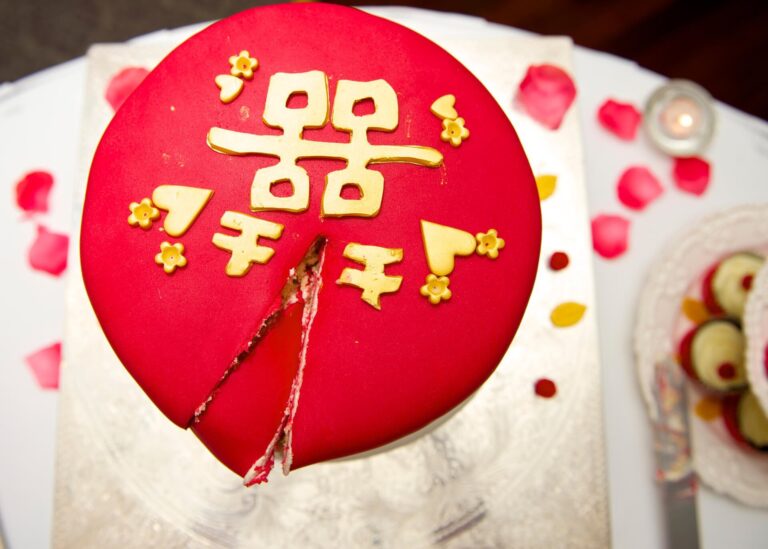
Imagine a wedding without a cake. Is such a thing even possible? Well, according to Chinese traditions, it very much is.
Stick around, and learn about Chinese wedding cake traditions, history, symbolism, and dowry cake taboos. In the end, we have prepared a special treat—a list of traditional Chinese wedding cakes!
Chinese wedding cakes: history and tradition
Chinese weddings are complex and lengthy affairs that include elaborate rituals and etiquette. One of those significant customs is tied to cakes. So let’s explore everything there is to know about the Chinese traditional wedding cake.
The bride’s family takes the cake
To understand the intricacies of Chinese wedding traditions, we would need to go back to where it all started—the late Eastern Han Dynasty. According to the tale, the warlord Liu Bei allied with Sun Quan, the founder and first emperor of the Eastern Wu dynasty. Liu traveled to Eastern Wu to strengthen the union to meet his bride-to-be, the emperor’s widowed sister, Lady Sun. To show that he intends to keep his word, the warlord sent betrothal gifts and dowry cakes to the emperor’s family as a goodwill gesture.
Ever since the Chinese have followed the custom of sending dowry cakes, sometimes also called marry girl cakes, to friends, relatives, and guests. This gesture is meant to confirm that the marriage will be taking place.
Over the years, the tradition has evolved. Nowadays, it’s a custom for the groom’s family to send betrothal gifts and bridal pastries to the bride’s parents. Exchanging bridal pastries promises the bride’s family that the groom is sincere in his intention to marry their daughter.
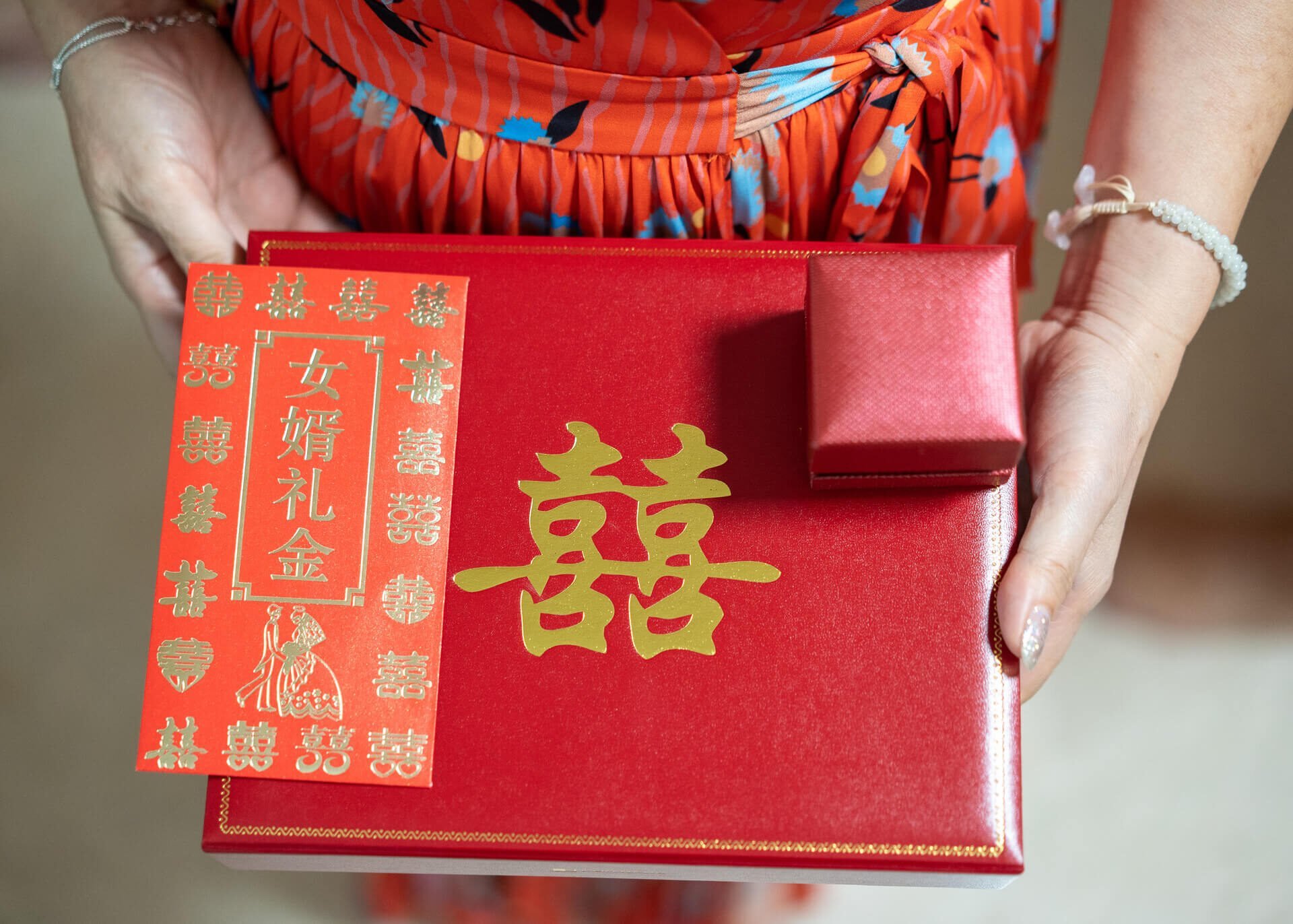
Traditional vs. modern Chinese wedding cakes
By now, it’s probably becoming clear that what we call “wedding cakes” in the West has a slightly different meaning in Chinese culture. Chinese wedding cake traditions differ significantly from Western customs. This mainly stems from traditional wedding cakes being eaten on an auspicious date a couple of weeks before the wedding in China. This is not to say that these weddings are entirely void of desserts. If you survive an eight-course Chinese wedding banquet, you’ll be free to enjoy many delicious sweets!
In the olden days, two types of cakes were made, one representing each of the newlyweds. The cakes were large and flat, often reaching up to eight Chinese jin (For reference, one jin is equal to 500 grams—you do the math!) As time went by, the cakes became smaller and more diverse, with different fillings and toppings. The number of cakes also increased, so nowadays, packages of six or eight pieces are not uncommon.
In recent years, a lot of Chinese people have taken a liking to Western-style cakes, as well as cookies. As a result, the custom of having large wedding cakes as we typically see in the West is becoming more popular, especially among younger generations living in bigger cities. However, this is not to say that the tradition of dowry cakes and traditional Chinese bridal pastries is becoming a thing of the past. Many Chinese people still adhere to the ancient customs, particularly in smaller and more rural areas.
Even though the times are changing and couples are more open to modern ideas, traditional Chinese wedding pastries are not likely to disappear any time soon.
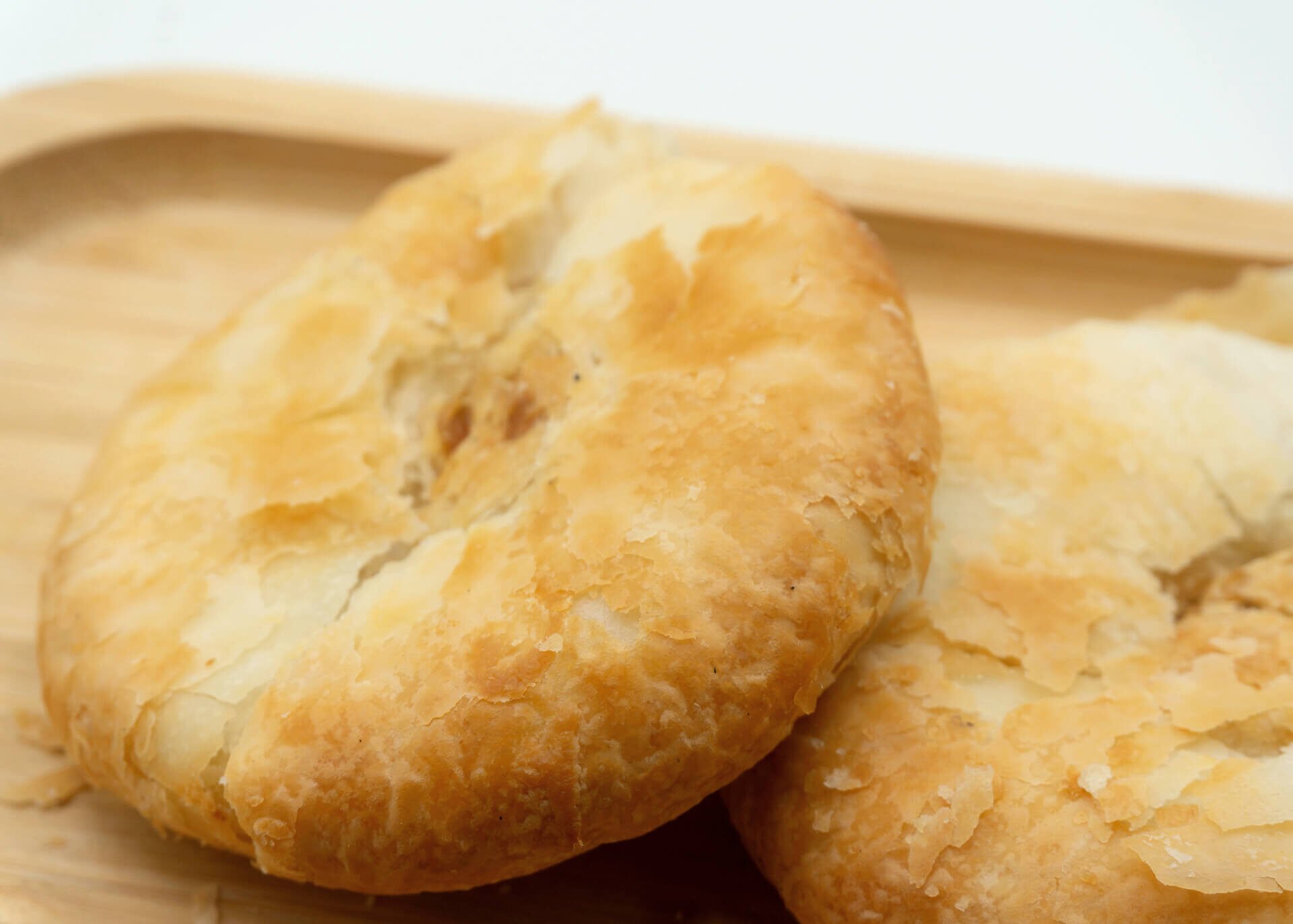
Symbols and motifs in Chinese weddings
What is the first thing that pops your mind when you think of China? The color red? Porcelain? Or perhaps dragons? Asian culture is permeated with symbols and motifs of good fortune, health, and marital happiness.
As such, a traditional Chinese wedding day incorporates plenty of these auspicious symbols intended to bring happiness and prosperity to the couple. And cakes are no exception. Every detail, from the ingredients used to bake the cakes to the packaging, is chosen with intention.
The traditional Chinese bridal pastries are usually packed in red boxes with golden lettering, as the colors symbolize good fortune and wealth. In addition, the boxes are often embellished with pictures of a phoenix and a dragon, representing blissful relations between the husband and wife.
Sometimes, instead of the mythical creatures, you might find the double happiness symbol instead 囍 (双喜 shuāngxǐ.) This is because the character 喜 xǐ represents joy, while 双 shuāng translates to double happiness.
The number of bridal pastries given to the bride’s family is also not coincident. The dowry cakes are either sent in pairs to represent the bride and the groom or in packs of six or eight. The number six or 六 liù sounds very similar to 溜 liú, which means “to flow” in Mandarin, and is indicative of smooth sailing in the upcoming marriage.
It’s similar to the number eight or 八 bā which bears a resemblance to 发 fā, which is short for 发财 fācái or “to become wealthy.”
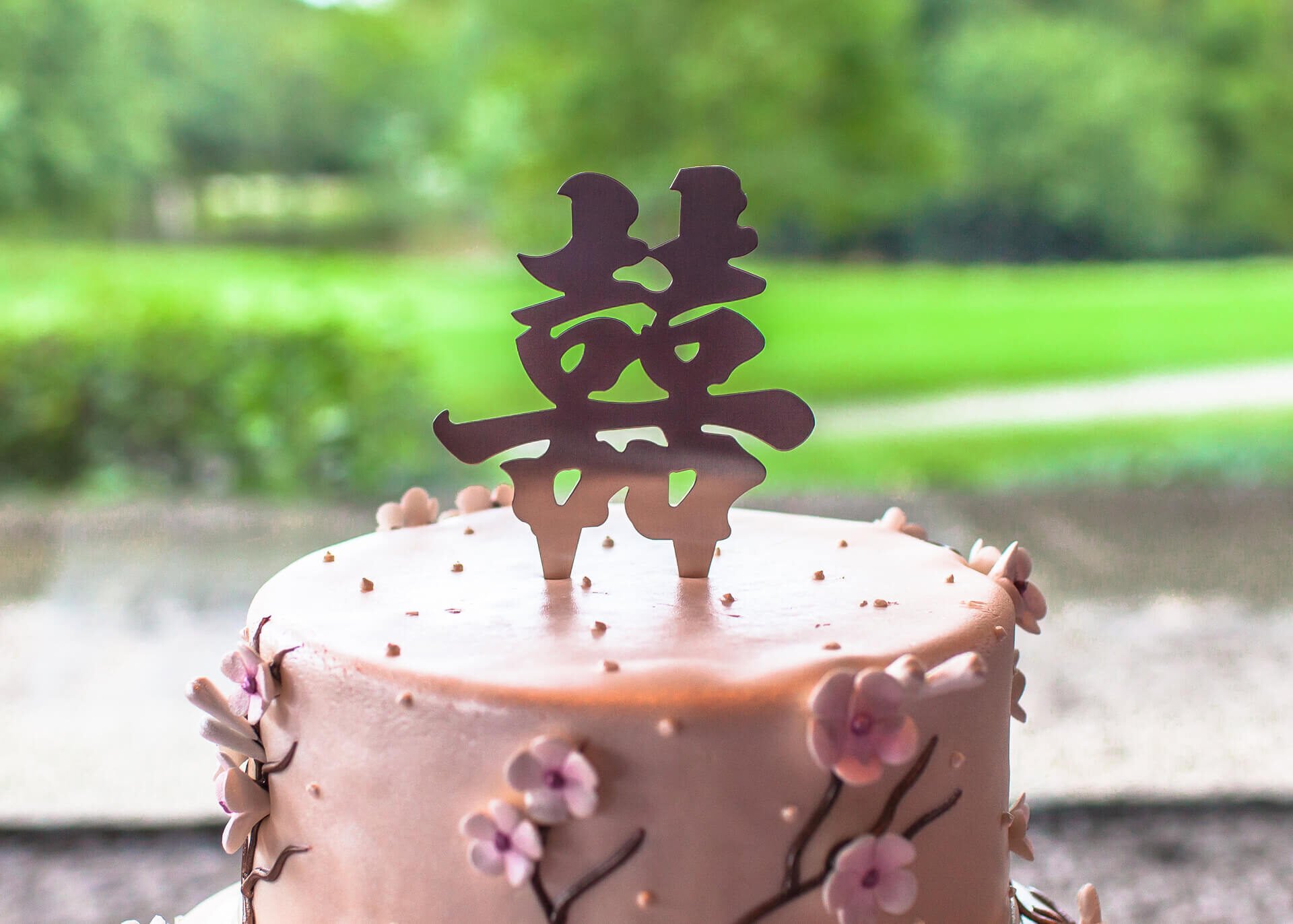
Wedding cake customs around China
Wedding cakes in China aren’t a “one size fits all” situation. You shouldn’t expect a ceremonial cutting of the cake or the sight of the newlyweds feeding each other bite-sized pieces. With over thirty provinces in China, it’s safe to say that Chinese wedding customs differ quite a bit from one place to another.
For instance, the custom of sending large flat wedding cakes has its roots in Fukien province. In contrast, Guangdong province remains famous for its wife cakes made with winter melon paste. In addition, assorted candies and tangerine slices are common wedding gifts in Guangdong province, particularly in the city of Chaozhou.
In Foshan, on the other hand, traditional bridal cakes come in the form of shortbread cookies instead. Fujian province retains the tradition of preparing rice and sesame biscuits, symbolizing luck and prosperity.
Hainan, China’s smallest and southernmost province, is famous for its traditional Hainanese sesame balls and rectangular-shaped sweetened rice wafers. It’s customary to order the betrothal gifts well in advance and return at least two boxes to the groom’s family.
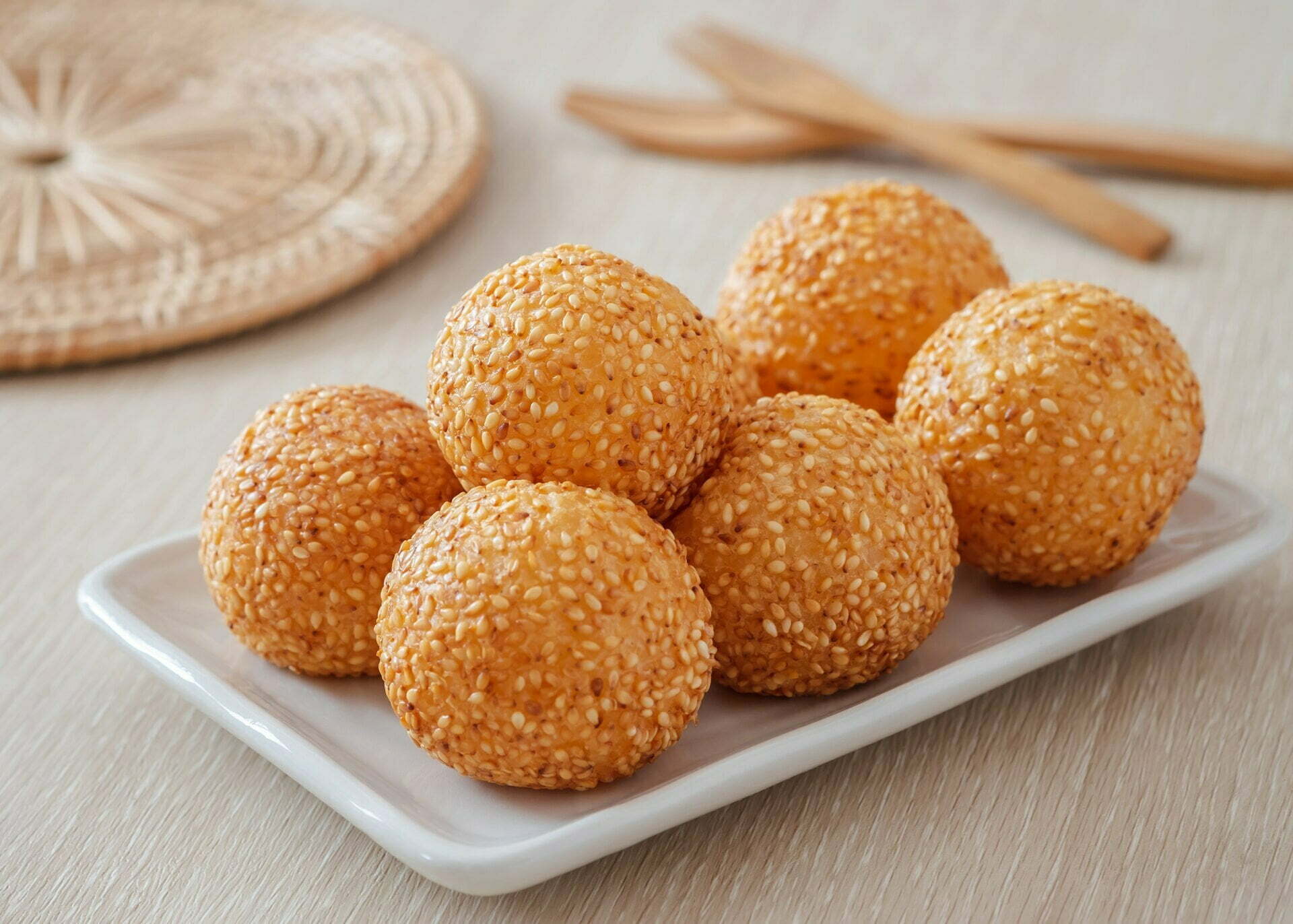
Chinese wedding cake taboos
With symbolism so profoundly embedded in their culture, it’s only natural to encounter certain taboos concerning Chinese marriage customs. One of these things is directly connected to the tradition of the groom’s family handing wedding pastries to the bride’s family and friends.
Although somewhat contradictory, it’s taboo for the bride to eat bridal pastries! In certain parts of China, this act symbolizes the bride “eating away her happiness,” which obviously wouldn’t be the best way to start a marriage.
Another taboo is rooted in numerology. Of course, we already learned that even numbers are considered “lucky” in Chinese culture, but have you wondered why wedding pastries don’t come in fours? The answer is quite simple—the number four 四 sì is eerily similar to the Chinese character 死 sǐ, which translates to “death.”
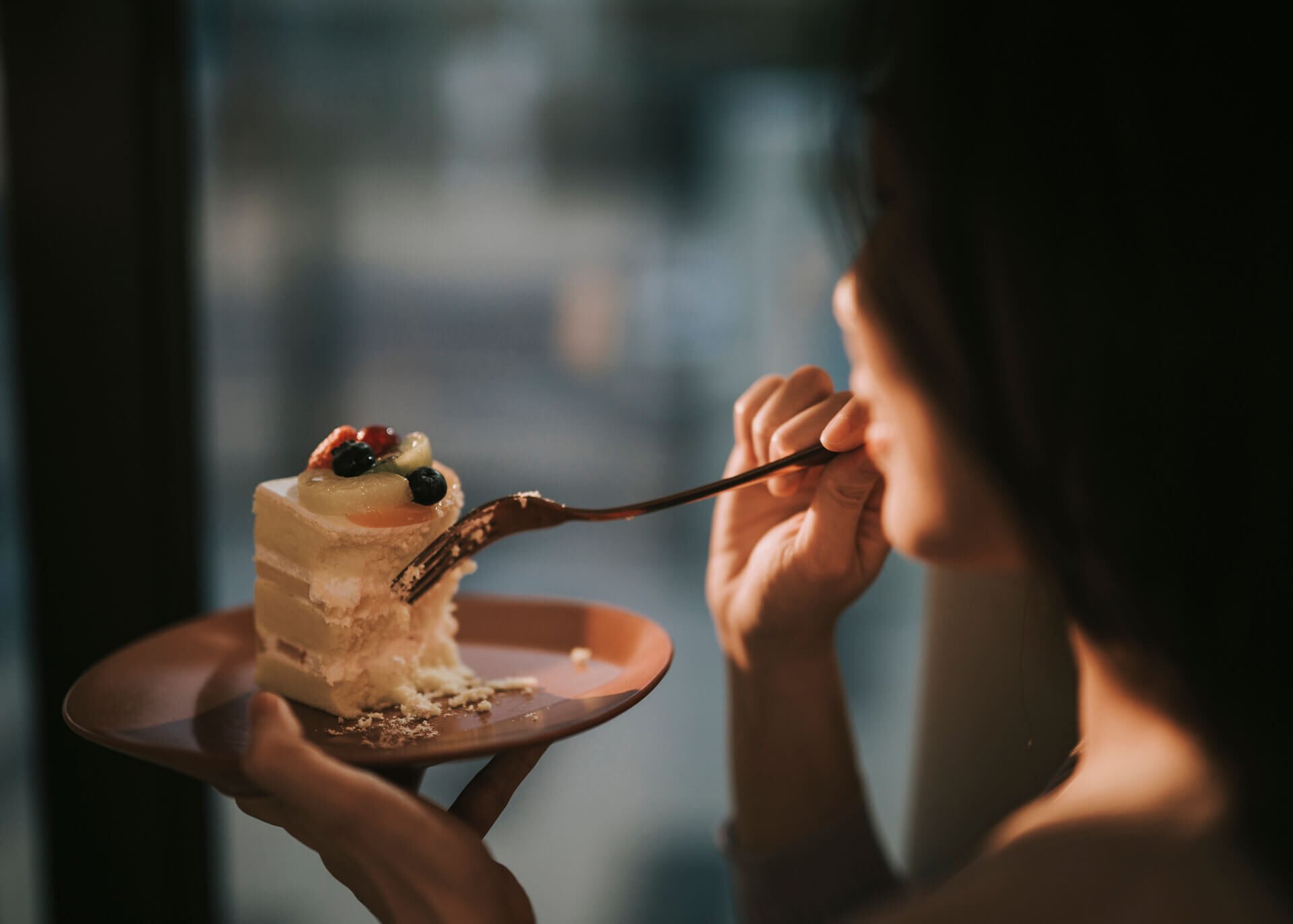
Traditional Chinese wedding desserts
You won’t find chocolate, vanilla, custard, or caramel in this section. Instead, you will find an assortment of mouthwatering, aromatic, and possibly unusual desserts traditionally served at a Chinese wedding ceremony.
Twill cakes
The most popular Chinese wedding cakes by far are the so-called twill cakes. The name is not a coincidence, as the cakes were named after the twill textiles, which were considered extremely rare and expensive back in the day. The traditional pastries symbolize wealth and prosperity and come in three colors: red, yellow, and white.
Red twill cakes symbolize love and auspiciousness and are filled with red beans wrapped in a delicious rose-colored puff pastry crust.
Yellow is considered an imperial color in Chinese symbolism and represents power and prosperity. The yellow twill cakes are traditionally made with mung bean paste and, in some cases, salted egg yolks.
Lastly, white twill wedding cakes are made with lotus seed paste and represent fertility.
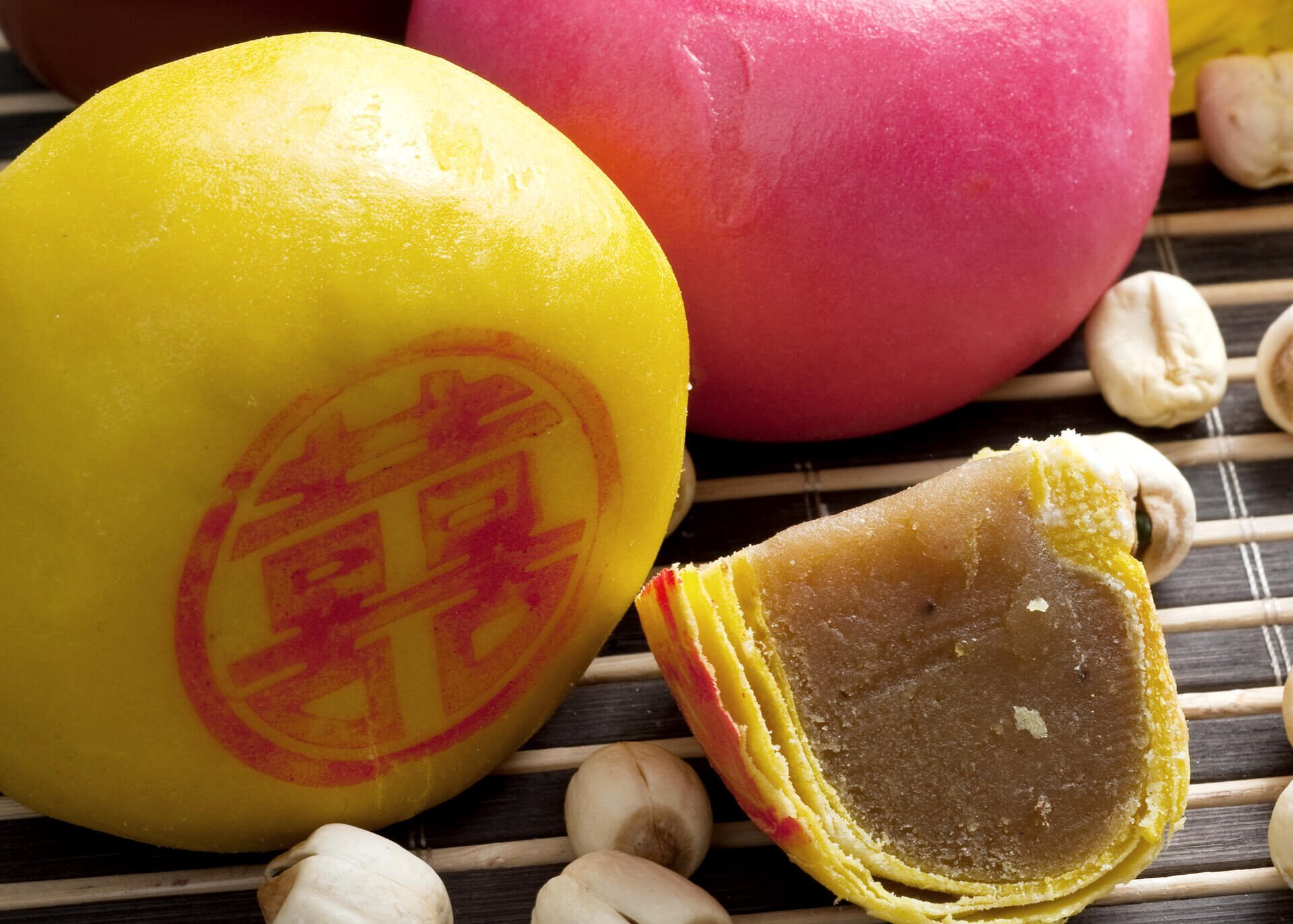
Rice and sesame cookies are another common 喜饼 xǐ bǐng typically given during the 过大礼 guò dà lǐ — the Chinese betrothal ceremony. The rice cakes are traditional to Fujian province and Taiwan and stand for wealth, luck, and prosperity.
The glutinous rice cakes are steamed, cut, and dried before being deep-fried. The result is a crispy and sweet rice cracker rolled in malt paste and covered in sesame seeds.
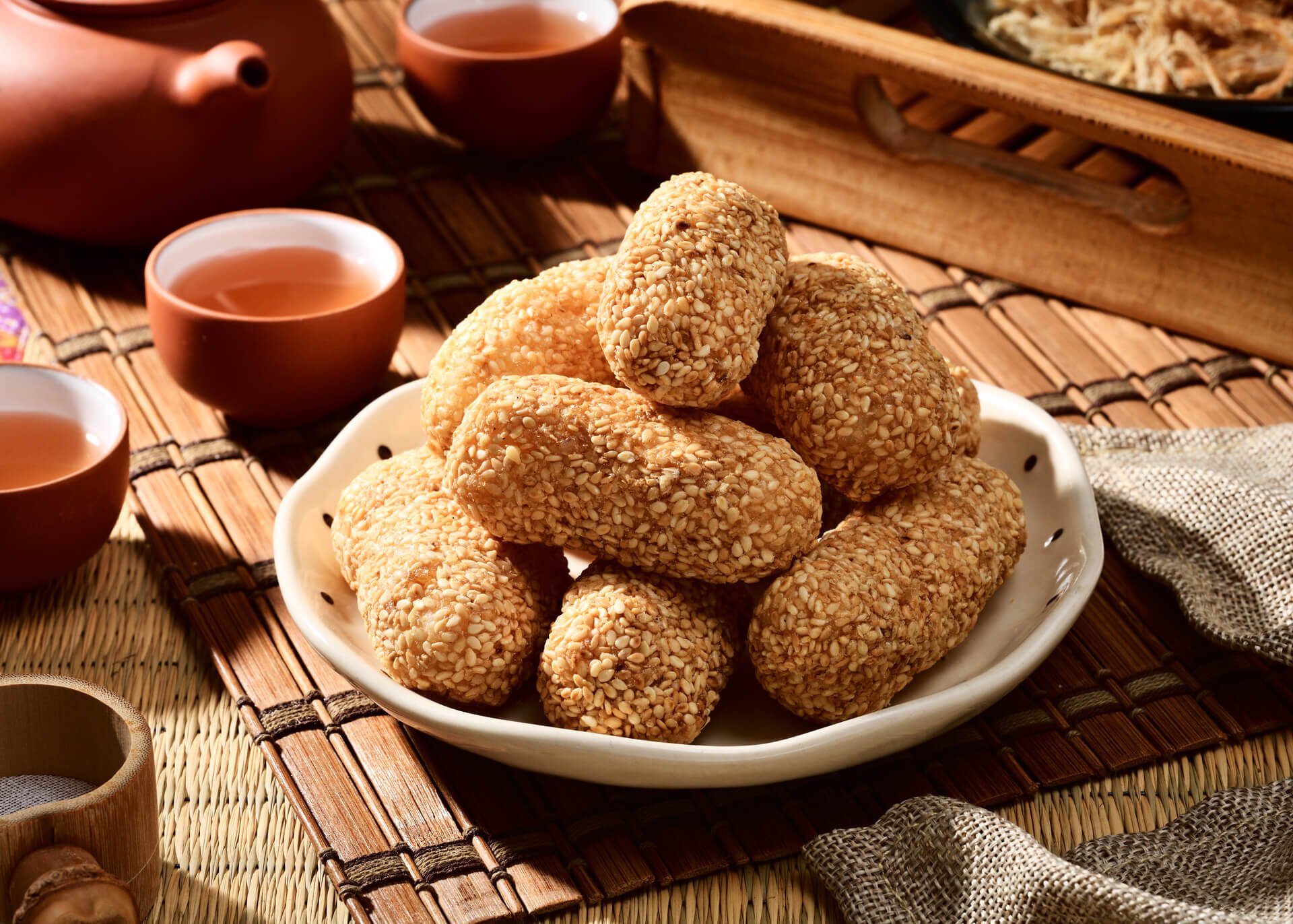
Dragon and phoenix cake
The mythical beasts have a long-standing reputation as the most sacred animals in Chinese culture. The dragon and the phoenix are the mark of the emperor and the empress and symbolize vigor and fertility, splendor, and female beauty. This is why plenty of dowry cakes are embedded with the images of the two fantastic beasts.
The dragon and the phoenix act more as symbols and are not tied to any specific flavor or ingredient. The typical dragon and phoenix cakes are made with a sponge cake base and filled with sesame or lotus seed paste, green and red beans, and occasionally nuts.
Candies and fruits
A Chinese wedding reception isn’t complete without a candy buffet! Assorted sweets, fruits, and nuts are commonly offered at Chinese weddings and come in various flavors, shapes, and sizes.
Some of the most popular candies are hard sesame and peanut candies. For instance, the Chinese diaspora in Malaysia and Singapore swear by the peanut sugee sweets, a type of crumbly round cookie with semolina and roasted peanuts. Other sweets include soft red candy made with pandan leaves, peanut candy with sugar and caramel, and rolled glutinous rice candy.
Fruits, particularly dried fruits like tangerines and ginger, are a common choice for a traditional Chinese wedding. Jujube, longans, and lotus seeds symbolize fertility. They are often associated with giving birth to many sons, which is why they are still incorporated in traditional Chinese wedding ceremonies.
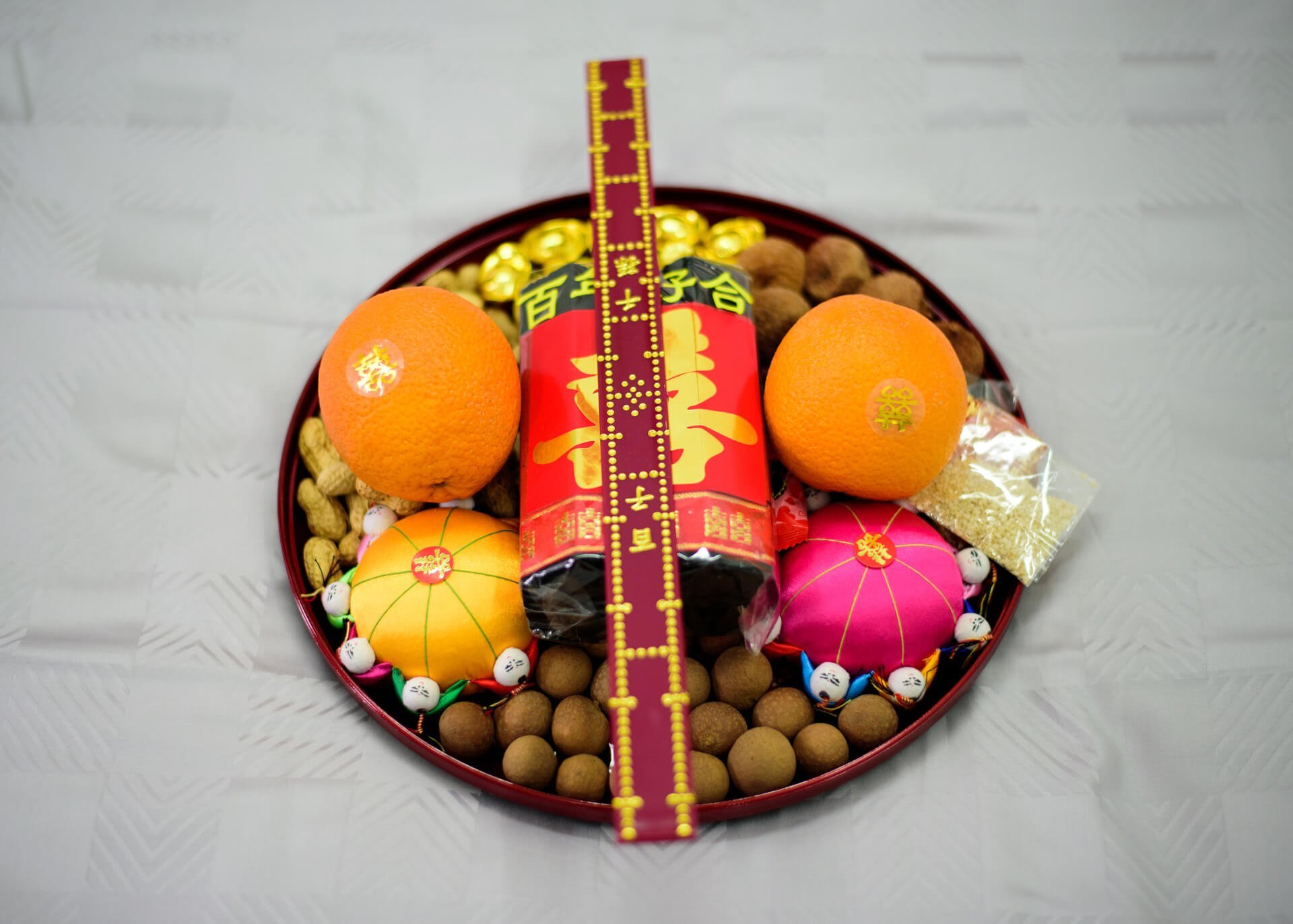
Affordable and easy to make, shortbread cookies quickly became among the most popular Chinese bridal pastries. Airy, buttery, and fluffy, the cookies are made with sugar and condensed milk and sprinkled with white flour or powdered sugar on top.
What makes these cookies so alluring is their simplicity and the fact that they are easy to tweak and customize to one’s preference. Also, shortbread cookies don’t call for expensive ingredients, making them an economical choice for big weddings with many guests.
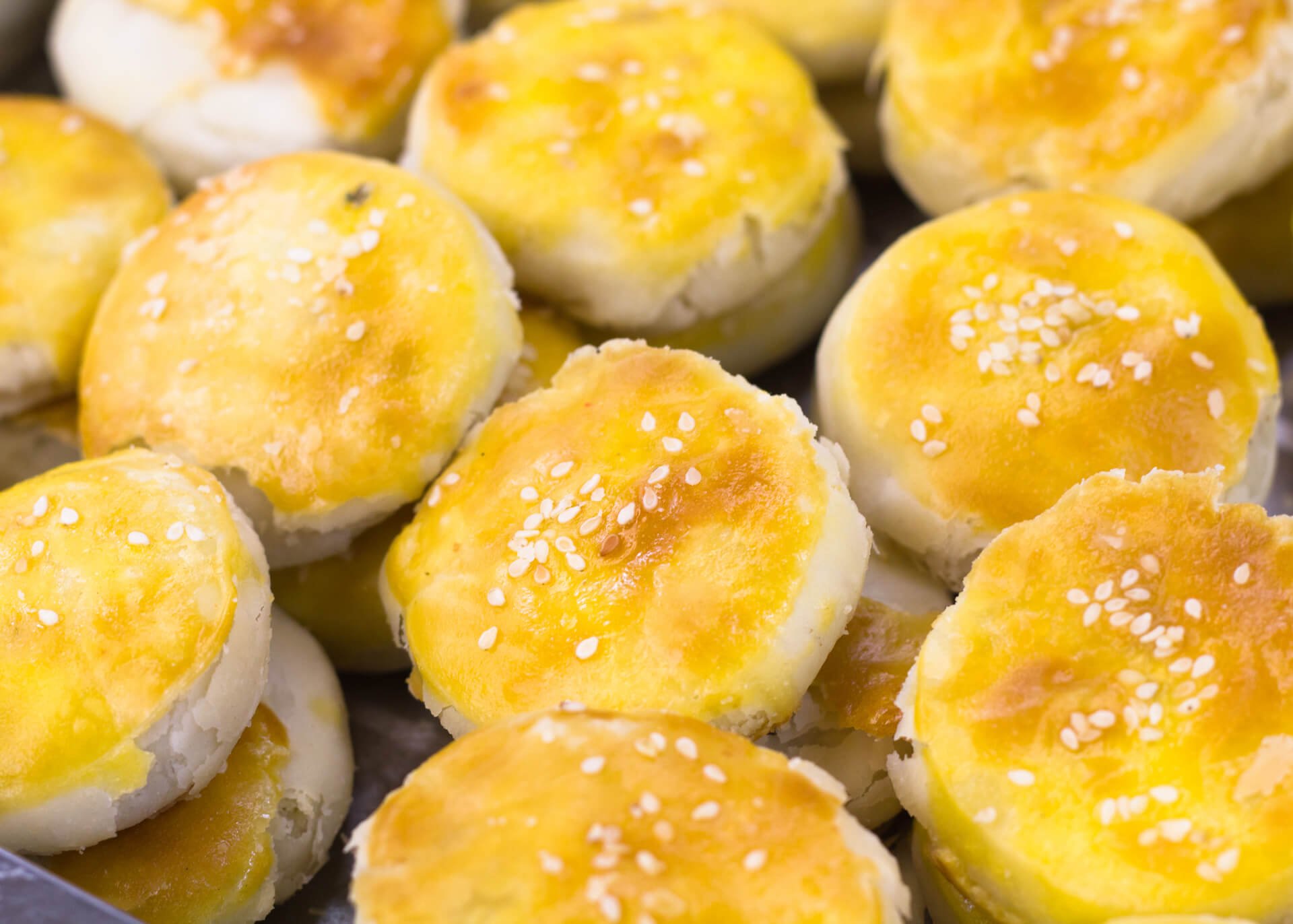
If you made it this far, it probably means you’re craving something sweet, and who could blame you?
These delectable Chinese desserts tell a story about love, harmony, and prosperity. Each of them is deeply rooted in symbolism and tradition. With every bite, you’re taking in 5000 years of history, culture, and customs.
So, if you receive a cake in the mail and a wedding invitation, take a moment to appreciate the gesture before you dig in.








